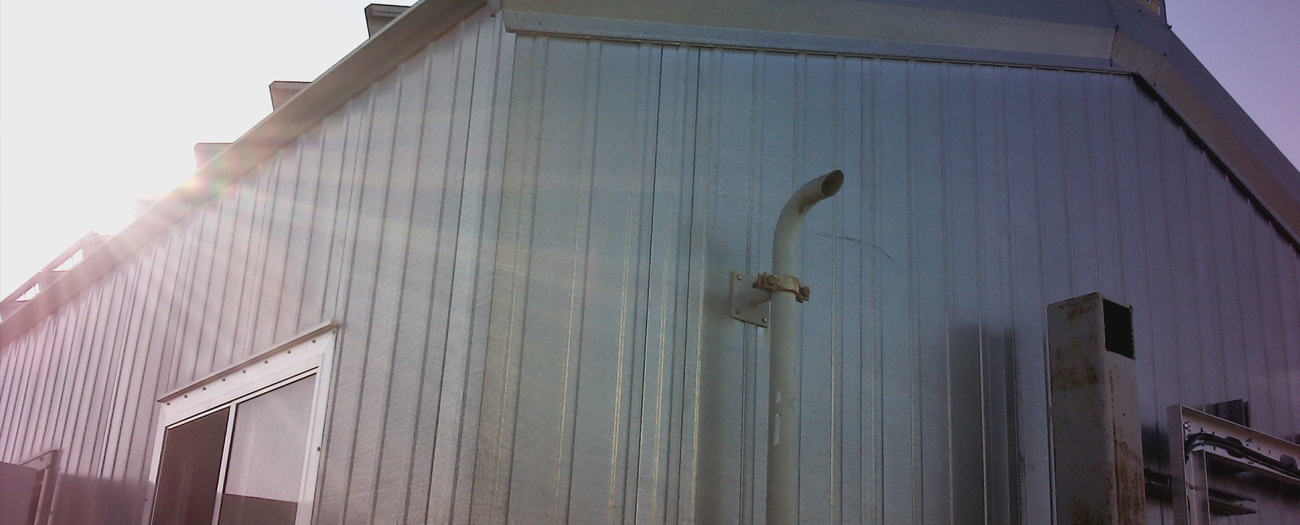What is methane?
Methane is a colourless, odourless, flammable greenhouse gas. It is the main constituent of natural gas. The global warming potential of methane is estimated to be 25 times greater than that of carbon dioxide over a 100-year period.
Methane is released to the environment during the extraction and processing of oil and gas. Most methane comes from pneumatic devices, venting, compressors, glycol dehydrators, and fugitive emissions.
There are also many other sources of methane in our everyday lives. One of the largest contributors is livestock, including cows, pigs, and sheep. They are responsible for about 14.5 percent of global greenhouse gas emissions. Every time a cow burps or passes gas, a little puff of methane gets released into the atmosphere. In fact, an individual cow releases 30 to 50 gallons of methane a day on average. And with an estimated 1.3 to 1.5 billion cows on the planet, that’s a lot of methane. Other surprizing sources of methane include plastic bags, decaying vegetation, landfills, and wetlands.
Methane Reduction
To reduce methane in the upstream oil and gas industry, the AER designed methane requirements that took effect January 2020. For more information on why we developed these requirements, some important methane research that has been done in Alberta by the AER, and additional learning resources visit our methane reduction page.
Our Detailed Requirements
- Directive 017: Measurement Requirements for Oil and Gas Operations
- Directive 060: Upstream Petroleum Industry Flaring, Incinerating, and Venting
Supporting Documents
- Manual 015: Estimating Methane Emissions
- Manual 016: How to Develop a Fugitive Emissions Management Program
Statistical Reports
- ST60B: Upstream Petroleum Industry Flaring and Venting Report
Compliance and Enforcement
We conduct regular inspections and audits to make sure that companies are following our requirements. If we find that a company isn’t complying, we’ll take the appropriate compliance and enforcement actions and share our findings on the Compliance Dashboard.
Sharing Information
Starting in 2020 we are publishing methane data on our Methane Performance page. This page shows venting data by facility type, production type, and area and provides summary information on our alternative FEMP programs and measures to improve industry methane performance.
This is part of our industry performance program, which measures, evaluates, and reports on the energy development activities that we regulate.


